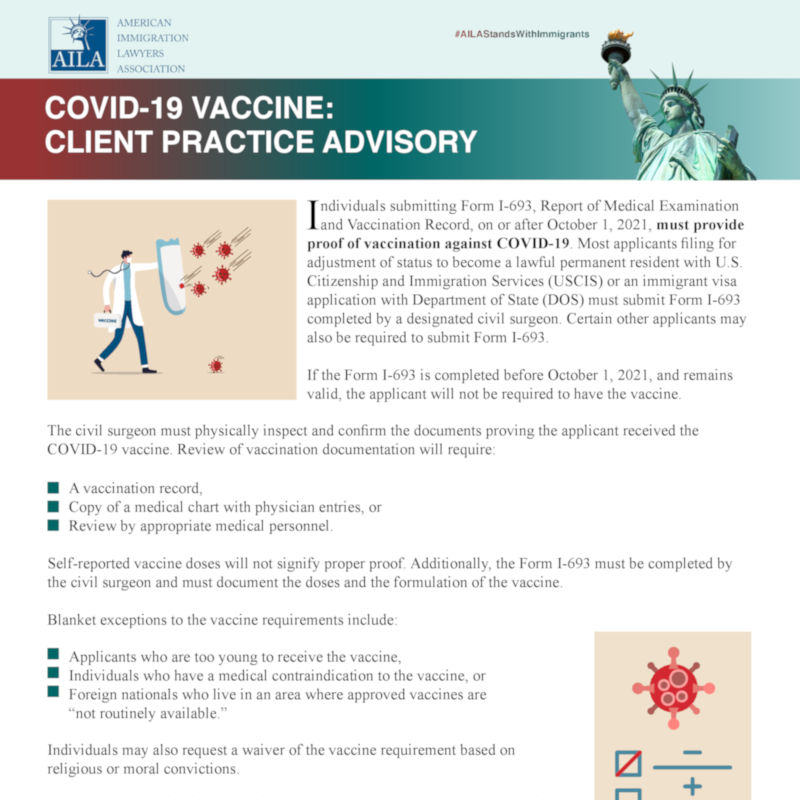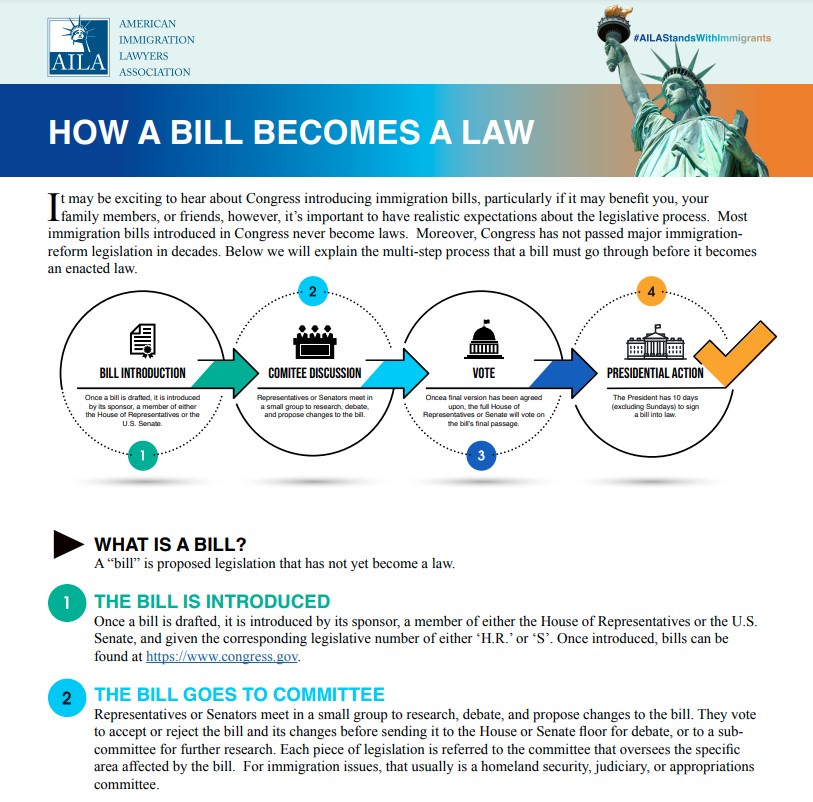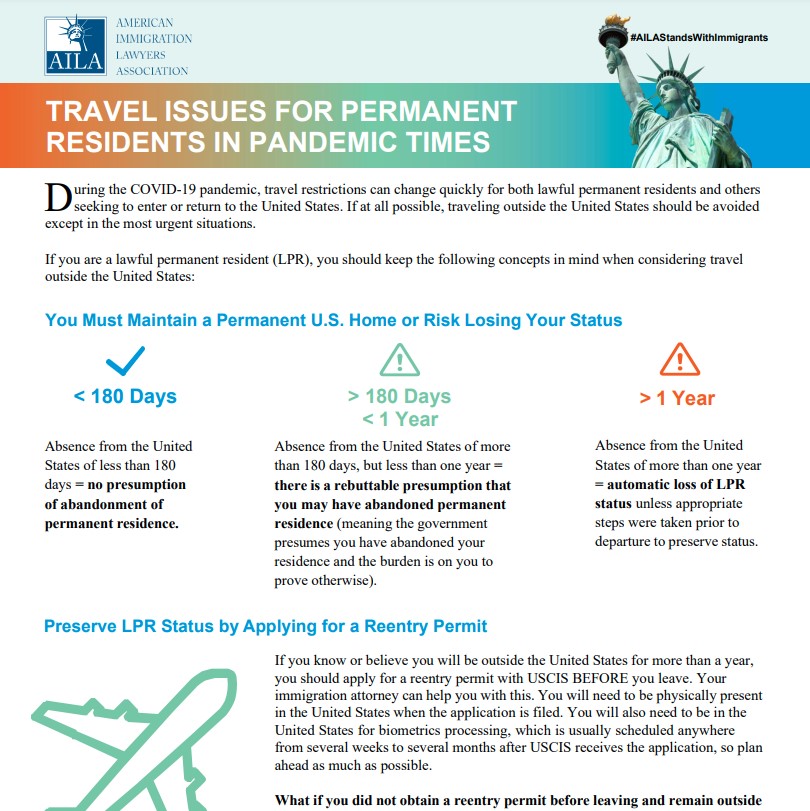COVID-19 Vaccination Required for Immigration Medical Examination
 COVID-19 vaccination required for immigration medical examination. Individuals submitting Form I-693, Report of Medical Examination and Vaccination Record, on or after October 1, 2021, must provide proof of vaccination against COVID-19. Most applications for adjustment of status to become a lawful permanent resident with U.S. Citizenship and Immigration Services (USCIS) or an immigration visa application with the Department of State (DOS) must submit Form I-693 completed by a designated civil surgeon. Certain other applicants may also be required to submit Form I-693.
COVID-19 vaccination required for immigration medical examination. Individuals submitting Form I-693, Report of Medical Examination and Vaccination Record, on or after October 1, 2021, must provide proof of vaccination against COVID-19. Most applications for adjustment of status to become a lawful permanent resident with U.S. Citizenship and Immigration Services (USCIS) or an immigration visa application with the Department of State (DOS) must submit Form I-693 completed by a designated civil surgeon. Certain other applicants may also be required to submit Form I-693.
If the applicant’s Form I-693 is completed before October 1, 2021, and remains valid, the applicant will not be required to have the vaccine.
Documents Proving The Applicant Received The COVID-19 Vaccine Must Be Inspected And Confirmed
The civil surgeon must physically inspect and confirm the documents proving the applicant received the COVID-19 vaccine. Review of vaccination documentation will require:
- A vaccination record,
- Copy of a medical chart with physician entries,
- Review by appropriate medical personal.
Self-Reported Vaccine Doses Will Not Signify Proper Proof
Self-reported vaccine doses will not signify proper proof. Additionally, the applicant’s Form I-693 must be completed by the civil surgeon and must document the doses and the formulation of the vaccine.
Blanket exceptions to the vaccine requirements include:
- Applicants who are too young to receive the vaccine,
- Individuals who have a medical contraindication to the vaccine, or
- Foreign nationals who live in an area where approved vaccines are “not routinely available”.
Individuals may also request a waiver of the vaccine requirement based on religious or moral convictions.
All passengers arriving in the United States by air are required to show a negative COVID-19 test obtained within three days of departure or documentation of recovery from COVID-19 in the past three months.
Questions About COVID-19 Vaccine Requirements for Immigrants?
For more information on COVID-19 vaccination required for immigration, please contact immigration attorney Jessie M. Thomas.




